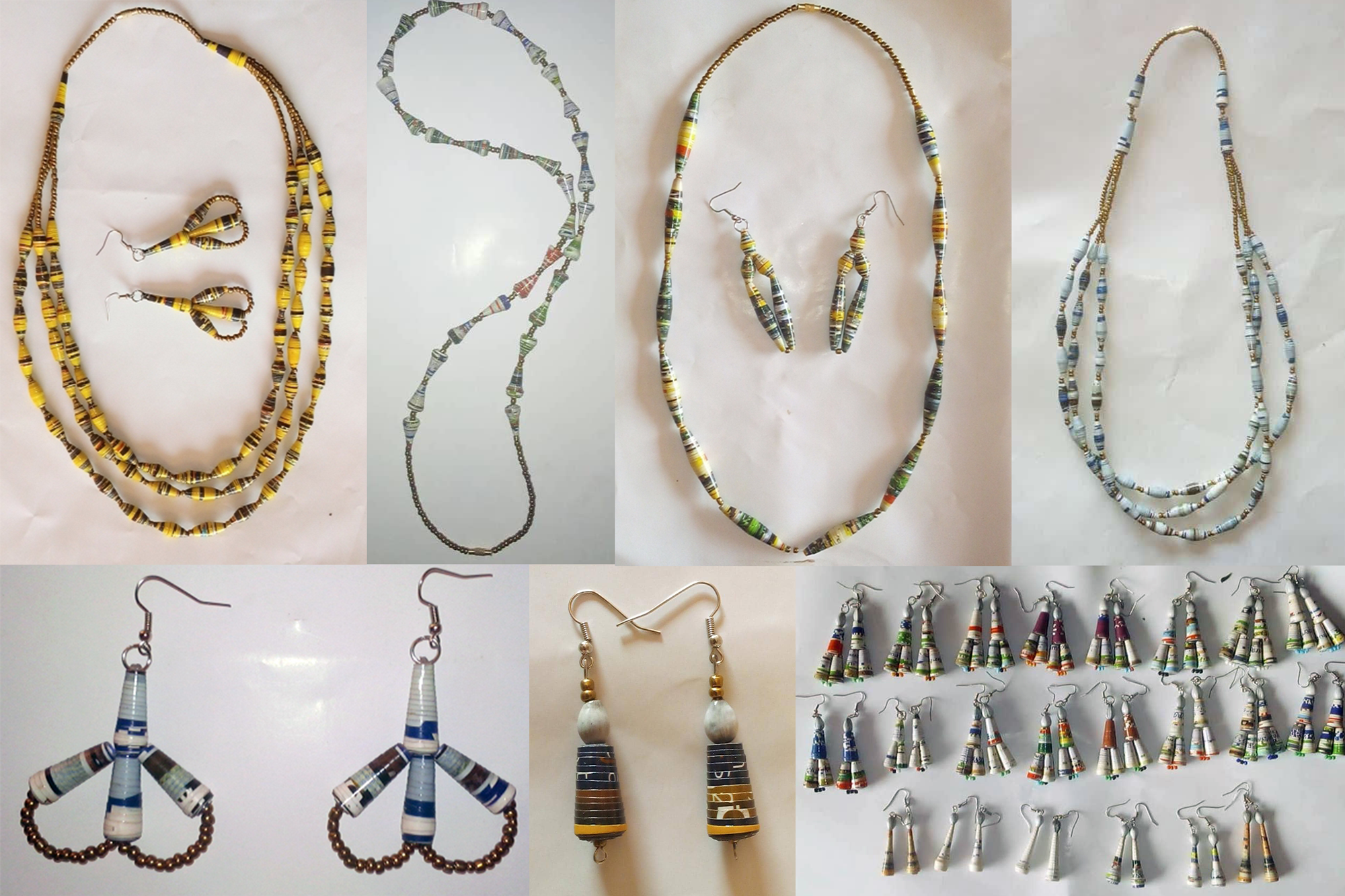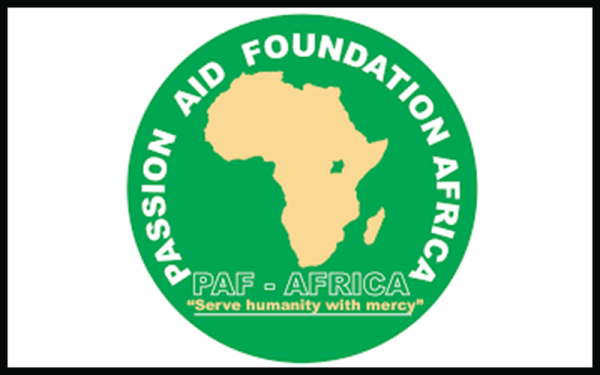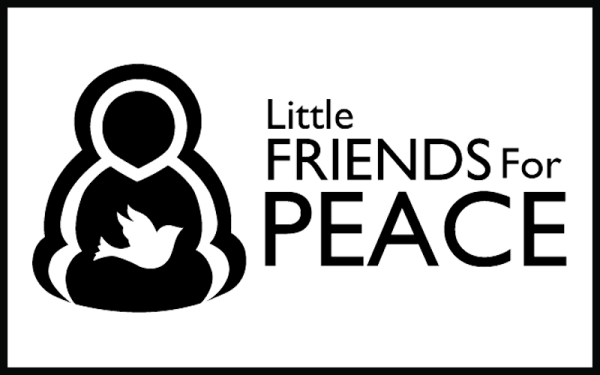
About the Author
LAUREN DAHLER (she/her)
Lauren Dahler is an undergraduate fellow in the Global Arts and Humanities' 2022-23 Society of Fellows cohort. She is pursuing a BA with Honors Research Distinction in public management, leadership, and policy and international relations and diplomacy with minors in history and French. Dahler is passionate about the fields of post-conflict transitional justice, peace building and mass atrocity prevention. In addition to her research with the Society of Fellows, she is conducting an undergraduate honors thesis under the mentorship of Hollie Nyseth Nzitatira, which explores the role of ritual in peace circle practices for women healing from violence in post-conflict northern Uganda. For her research, Dahler has received numerous grants from Mershon Center, College of Arts and Sciences and Office of Undergraduate Research. She has been invited to present her thesis research at the 16th Biennial Meeting of the International Association of Genocide Scholars in Barcelona in the summer of 2023. Following her graduation, she plans to pursue a graduate degree in Conflict and Peace Studies in Northern Ireland.
“Peace starts in the heart and community.”
Peace circle participant
Project Overview
Community peacebuilding processes are integral to societal transition after violence and community destabilization. In the Lango sub-region of northern Uganda, a group of women healing from past violence attend weekly peace circles. The peace circles are a joint effort between the Ugandan-based non-profit Passion Aid Foundation Africa (PAF Africa) and the U.S.-based non-profit Little Friends For Peace (LFFP). During these meetings, women discuss tools for building inner peace while engaging in creating paper beads and jewelry. Upon invitation into the peace circle space by the participants and organizations, I conducted a participant observation of the dialogue and beadwork that occurs during each circle. Observations reveal how elements of the peace circle can serve as an archive of the peacebuilding and healing process for participants. Identifying this case study as an archive of the peacebuilding process reimagines what constitutes an archive by characterizing it as private in nature and simultaneously containing impossible archival imaginaries and actualized records.

Background
For more than twenty years, northern Uganda faced a protracted conflict between the Lord’s Resistance Army (LRA) and the Government of Uganda. Beginning in 1986, the LRA’s insurgency and government military forces destabilized the northern region of Uganda, harmed and killed civilians and abducted thousands of children as child soldiers. Both the government and LRA committed human rights violations, and the conflict created a humanitarian crisis with many communities facing displacement and unrest. Though a cease-fire agreement was reached in 2006, the conflict’s violent legacy destroyed the social and economic infrastructure of northern Uganda.
Following a societal breakdown influenced by the twenty-year conflict, persisting cycles of violence and trauma within families have become a prevalent issue facing communities in northern Uganda (Stark et. al 2010; Black et al. 2019). Violent conflict has previously been identified as a risk factor for later instances of intimate partner violence (IPV) (Saile et al. 2013). A range of literature exists on IPV and familial violence in post-conflict northern Uganda that overwhelmingly concludse that the region faces high rates of post-conflict IPV and familial violence with the persistence of an intergenerational cycle of violence (Stark et. al 2010; Saile et al. 2013; Black et al. 2019; Richmond et al. 2022).
Peacebuilding is a process that establishes peace and prevents violence from continuing or re-emerging by addressing the root causes and the consequences of conflict. It occurs in societies that are facing or have faced a range of conflict or violent unrest. Peacebuilding can be achieved through a range of methods at various levels and with various peace-oriented outcomes, depending on the specific conflict and cultural contexts. Specifically, peacebuilding methods typically focus on structural and institutional change, justice and healing, violence prevention and conflict transformation, or a mix of all three. Peacebuilding methods typically focus on building peace from the top-down, through government institutions and leadership or bottom-up through local mechanisms.
A shift towards grassroots initiatives in peacebuilding occurred at the end of the Cold War, and much peacebuilding literature has focused on the importance of local initiatives and community agency in addition to top-down approaches (Nganje 2021; Ahmed 2017). Sub-fields exploring grassroots peacebuilding in specific regional contexts have also emerged to explore the similarities and differences of grassroots peacebuilding depending on the local and conflict contexts (Nganje 2021).
Community peacebuilding activities, like peace circles, allows a space for survivors to heal individually with the support of their peers, while gaining tools to cope and heal with the trauma they faced (Pranis 2005). Peace circles, in the U.S. context, developed out of Indigenous teachings and incorporate techniques of conflict resolution to build a safe space that addresses the needs of participants affects by different levels of conflict (Pranis, Stewart, & Wedge, 2003). Peace circles specifically emphasize the interconnectedness of the human experience to build peace by engaging “spiritual, emotional, physical, and mental” aspects (Pranis 2005, 12).
This project, in its current form, began to take shape in December 2022. I entered the Society of Fellows planning to pursue a different research project, still located in Uganda, but within a South Sudanese refugee camp that would focus on interviews with refugees on their perceptions of security. Logistical and other constraints prompted me to shift my project focus to another area in Uganda.
My project draws from previous volunteer work I have done with the organization Little Friends for Peace (LFFP) and their Ugandan peace programs. I was invited into the peace circles I would eventually study in the summer of 2022 by LFFP, with the gracious permission of Ugandan participants and partner organization Passion Aid Foundation Africa (PAF Africa). After being part of the group for several months, I decided to pursue my thesis and Society of Fellows research with the Ugandan peace circles group, with the support of both LFFP and PAF Africa.
Aiming to heal from trauma, a group of approximately twenty-five (25) women who experienced IPV or familial violence in northern Uganda, gathers weekly for a peace circle with a local non-profit, PAF Africa. During each peace circle gathering, a U.S.-based peacebuilding non-profit, LFFP, facilitates the virtual peace circle, focusing on building inner and intra-community peace. During each meeting, while learning and discussing peace tools, the group of women make paper beads and create jewelry.
Grounded in this year’s Society of Fellows annual theme of Archival Imaginations, I sought to answer two questions:
- How do dialogue and group dynamics within peacebuilding circles serve as archive of the collective peacebuilding process in a local setting?
- How does beading during peacebuilding circles serves as an archive of the individual peace building process in a local setting?
To answer the above questions, I conducted an ethnographic study through participant observation of the northern Ugandan peace circles. For three months, I attended weekly virtual peace circles. During each peace circle, I observed and made note of how the discussions flowed, how participants interacted with each other, how the peace tools presented were discussed and how beading was incorporated into the circles.
Peace Circles as Archive
The flow of dialogue and choice of words connected deeply with peace tools presented to participants. Themes of building community and inner peace spreading to peace in the community as healing were common threads in my observations.
Quotes from peace circle participants
- “Alone we can do some things, but together we can do great things.”
- “I feel safe and connected (at peace circles).”
- “It breaks my peace when I cannot come (to peace circles).”
- “I am growing peace in my heart to stay balanced.”
- “Peace starts in the heart and community.”
Other quotes
- “Peace is flowing like a river, flowing into our families. Peace is flowing like a river, flowing into our neighborhood.” – Song written and recited by peace circle participants
- “I am a peacebuilder. I pledge to talk to other with respect. To treat people with care. To make peace, not break peace. To build peace at home, at school, and in my neighborhood each day.” — Peace Pledge recited in peace circles
The following beadwork was crafted by participants of the peace circles during the length of my time spent observing and participating in the circles. Participants primarily engaged in beadwork during discussion portions of the circles and indicated that the repetition of the bead and jewelry making provided a soothing outlet as a practical aspect of the circles because they hope to sell the jewelry.

CAPTION: Jewelry designed and created by peace circle participants. Photos courtesy of Daniel Okello.
Implications
Components of the peace circles – like dialogue and beadwork – allow us to consider the role of peacebuilding activities in the peace circles as archives of this process for participants. Archives of the Western tradition typically position archives as static, permanent and presented through a colonial lens. But leading archival studies scholars Anne Gilliland and Michelle Caswell have revolutionized a subfield called critical archival studies. The critical archival studies field works to decolonize the archive and imagine non-Western archives.
In their work, Gilliland and Caswell coined the term “impossible archival imaginaries,” which are imaginaries “archivally impossible in the sense that they will never result in actualized records in any traditional sense,” but “they can provide a trajectory to the future out of a particular perspective on the past and may build upon either actual or imagined documentation and narratives” (Gilliland & Caswell, 2016, p. 61). This project engages with peace and conflict studies and critical archival studies to understand how the nature of PAF Africa peace circles in Lira, Uganda, constitutes an archive and critically considers the nature of archives as constructed by permanent and ethereal records.
As documentations of work towards the inner- and community-healing peace circles and their dynamics, processes and outcomes can serve as an archive of peacebuilding for a specific community. My observations of themes in dialogue and the beadwork that occurred during peace circles serve as records of such an archive. In this case study, elements of the studied northern Ugandan peace circles can serve as an archive for the individual and community healing processes for survivors of IPV.
Categorizing the peace circles in northern Uganda as archive of peacebuilding for participants upends the traditional colonial notions of an archive and add to discourse within critical archival studies. Traditional Western archives center actualized records and are temporally permanent. But in this case study, the archival records were temporally fleeting. Specific discussions and dynamics stayed within the circle between participants, acting as a space for them to safely share their stories, concerns and other information they would not otherwise share outside of their group. Only peace tools presented in the peace circles left the circles, as participants implemented new peace tools in their daily lives and family’s lives.
This study also reimagines what records constitute an archive. I consider the dialogue and beadwork as two different records in the imagined circle’s archive. This, therefore, highlights that archives can contain a multitude of records including both impossible archival imaginaries and actualized records. Beadwork, as a physical, permanent object is an actualized record, while elements of dialogue are impossible archival imaginations that lack physicality. Both simultaneously constitute records of an archive in this case study.
My exploration of peace circles as archive within this case study in northern Uganda is the beginning of a larger research project. I will continue working with the group of women attending peace circles, LFFP and Passion Aid Foundation Africa to conduct research that will be the basis of my honors undergraduate thesis. I will continue participant observations of the peace circles, as well as conduct semi-structured interviews with participants and facilitators to explore new aspects and dynamics of the peace circles. This project is currently going through the Institutional Review Board process and will commence at the end of the spring 2023 semester, to ideally be completed in autumn of 2023.
References
- Ahmed, K. (2017). Grassroots Approaches to Community-Based Peacebuilding Initiatives: Theory and Praxis on the Front Lines. Lexington Books.
- Black, E., Worth, H., Clarke, S. et al. (2019). Prevalence and correlates of intimate partner violence against women in conflict affected northern Uganda: a cross-sectional study. Conflict and Health 13, 35.
- Gilliland, A.J., Caswell, M. (2016). Records and their imaginaries: imagining the impossible, making possible the imagined. Arch Sci 16, 53–75.
- Nganje, F. (2021). Local Peace Committees and Grassroots Peacebuilding in Africa. In: McNamee, T., Muyangwa, M. (eds) The State of Peacebuilding in Africa. Palgrave Macmillan, Cham.
- Pranis K. (2005). The little book of circle processes: a new/old approach to peacemaking.
- Good Books.
- Richmond, R. L., et al. (2022). Comparing Factors Associated With Intimate Partner Violence Among Rural and Urban Women in Northern Uganda. Journal of Interpersonal Violence, 0(0).
- Saile R, Neuner F, Ertl V, Catani C. (2013). “Prevalence and predictors of partner violence against women in the aftermath of war: a survey among couples in northern Uganda.” Social Science and Medicine. 86:17–25
- Stark L, Roberts L, Wheaton W, et al. (2010). Measuring violence against women amidst war and displacement in northern Uganda using the “neighbourhood method.” Journal of Epidemiology & Community Health, 64:1056-1061.



